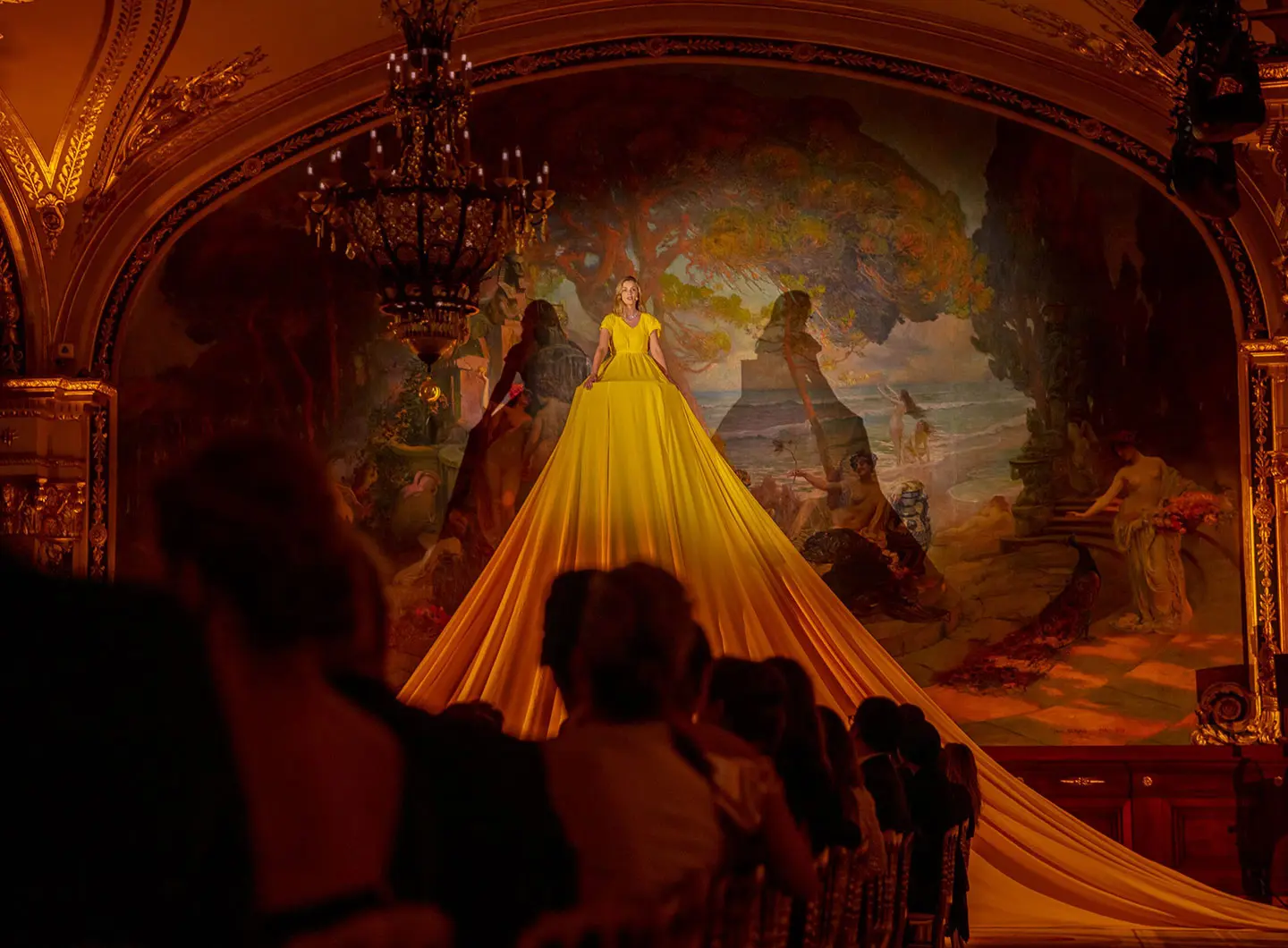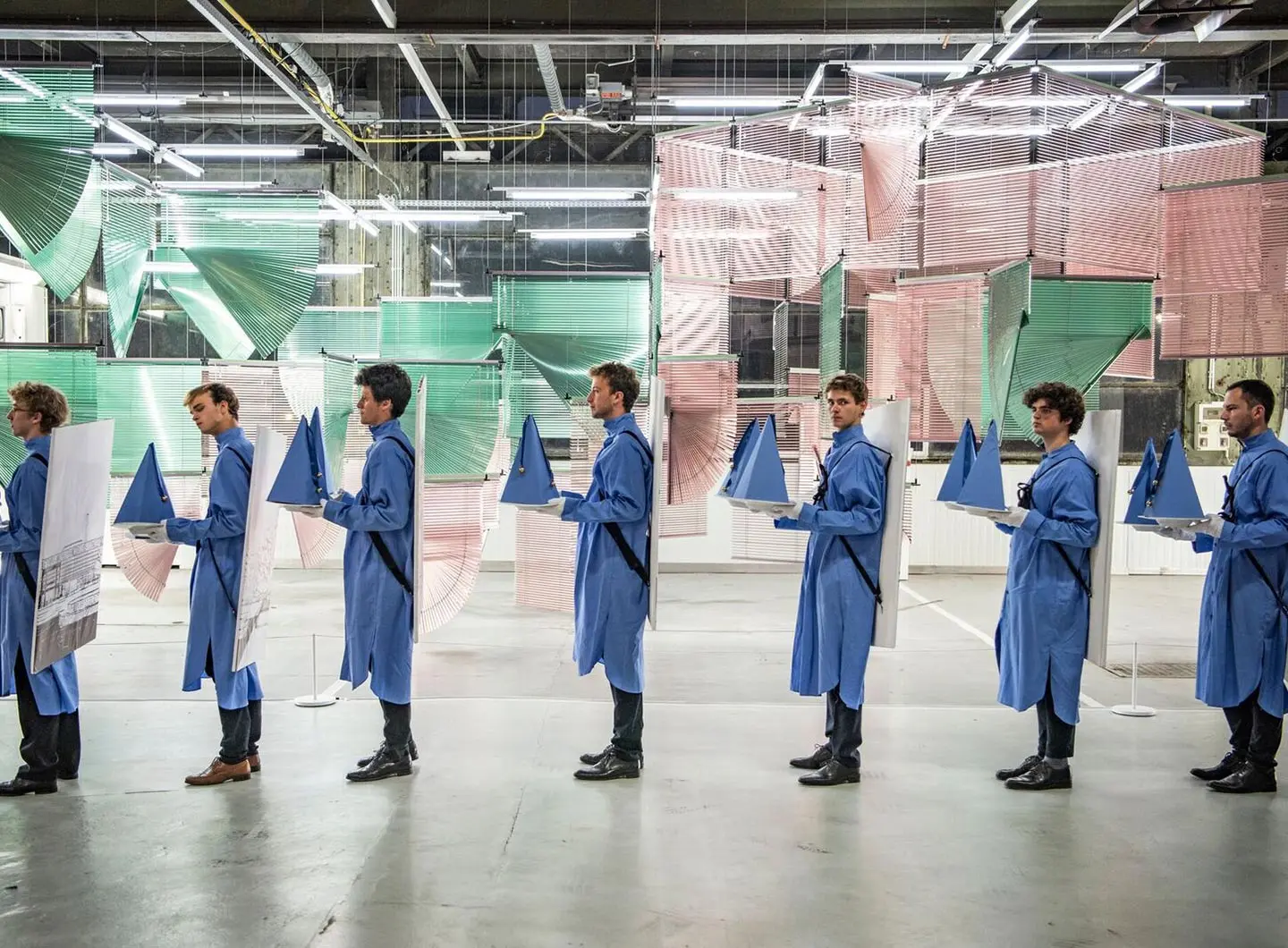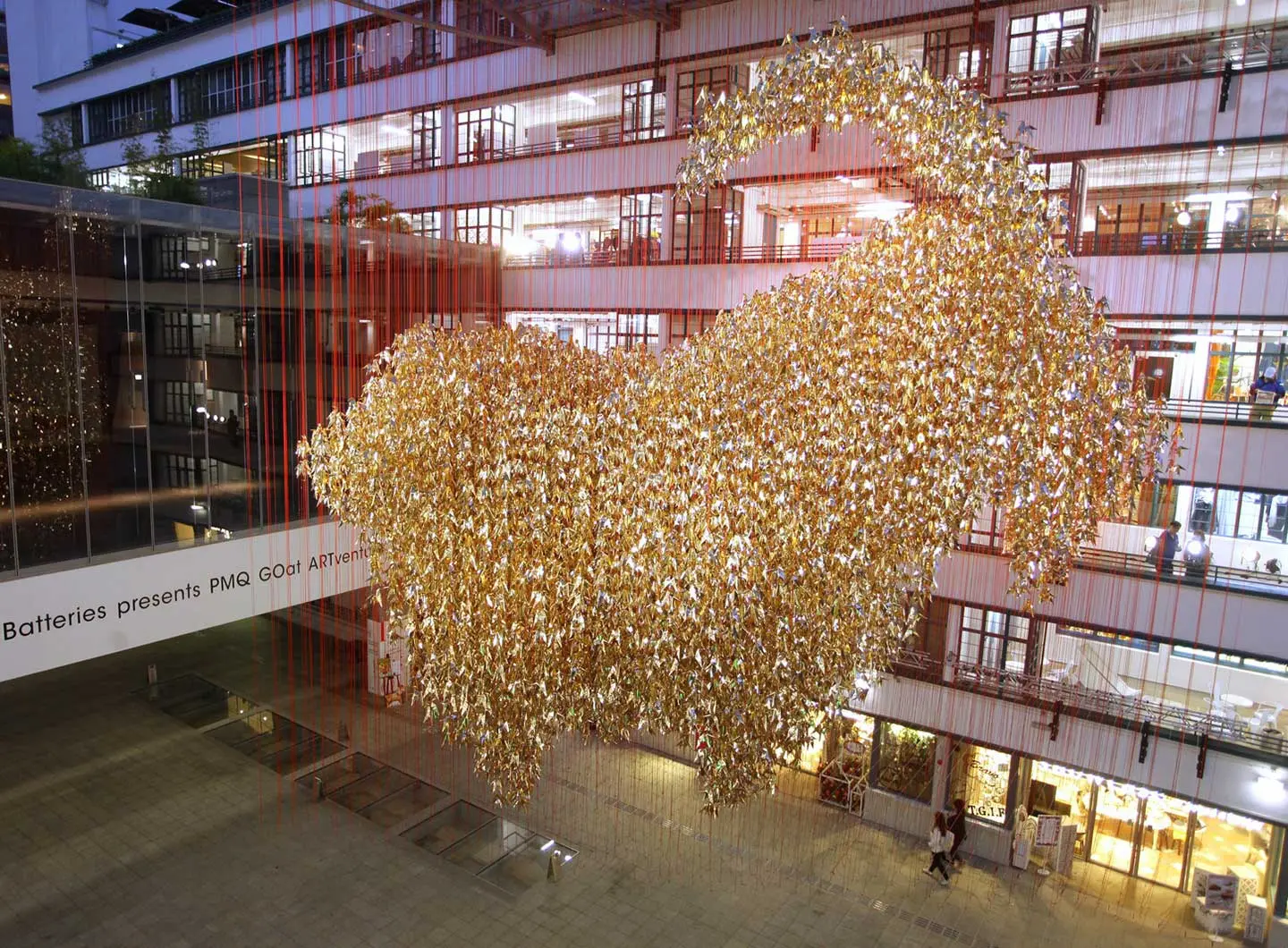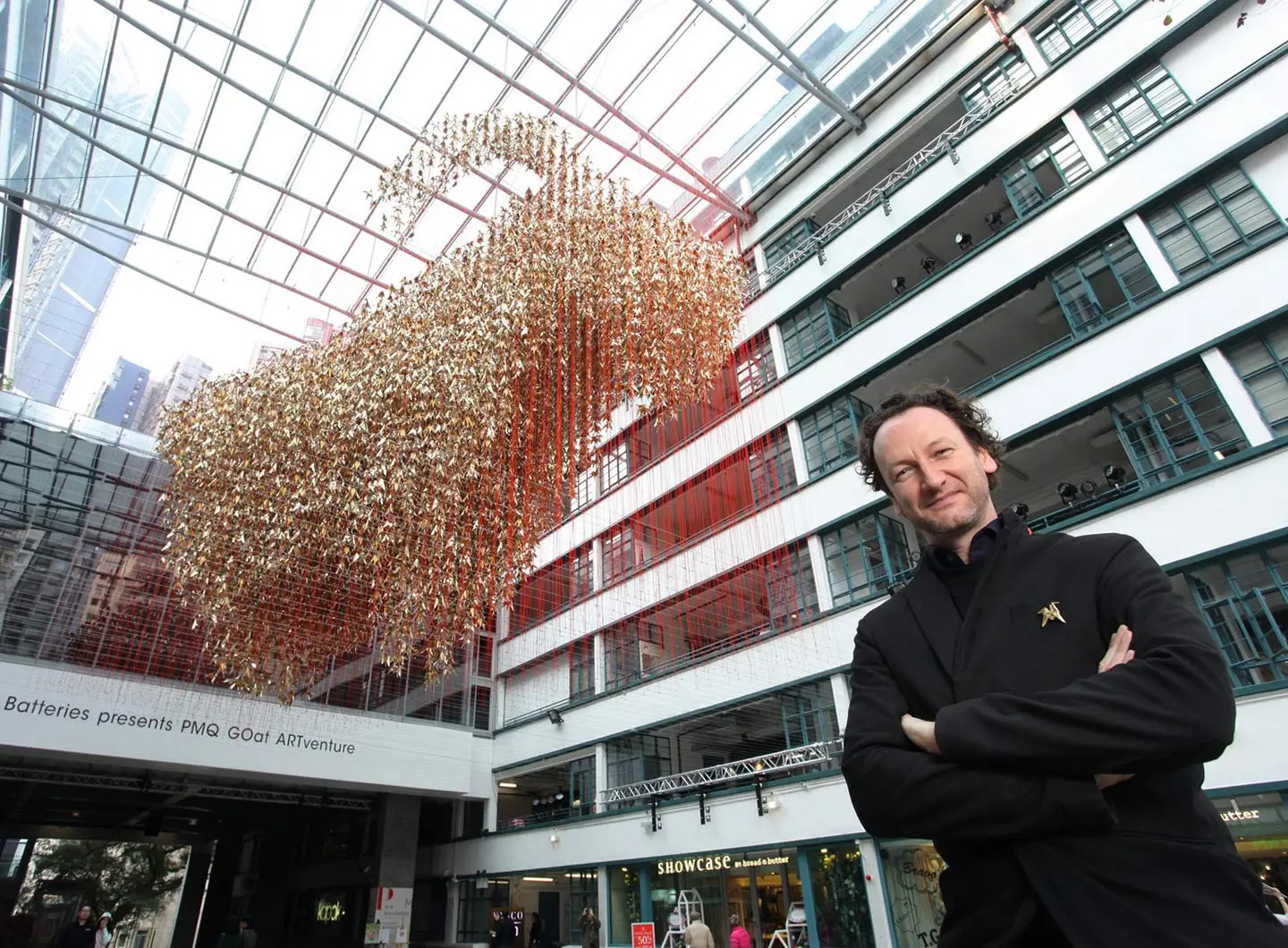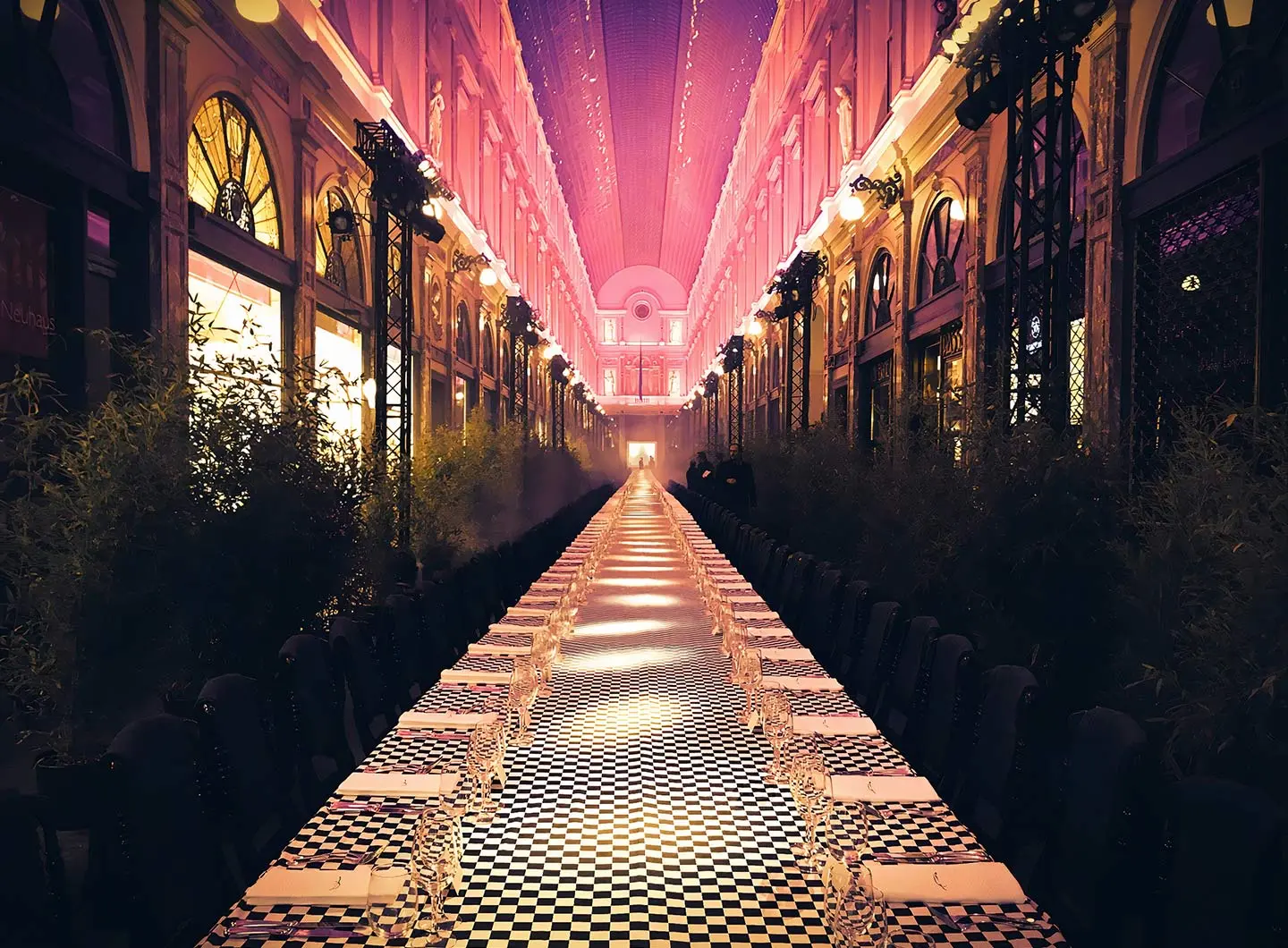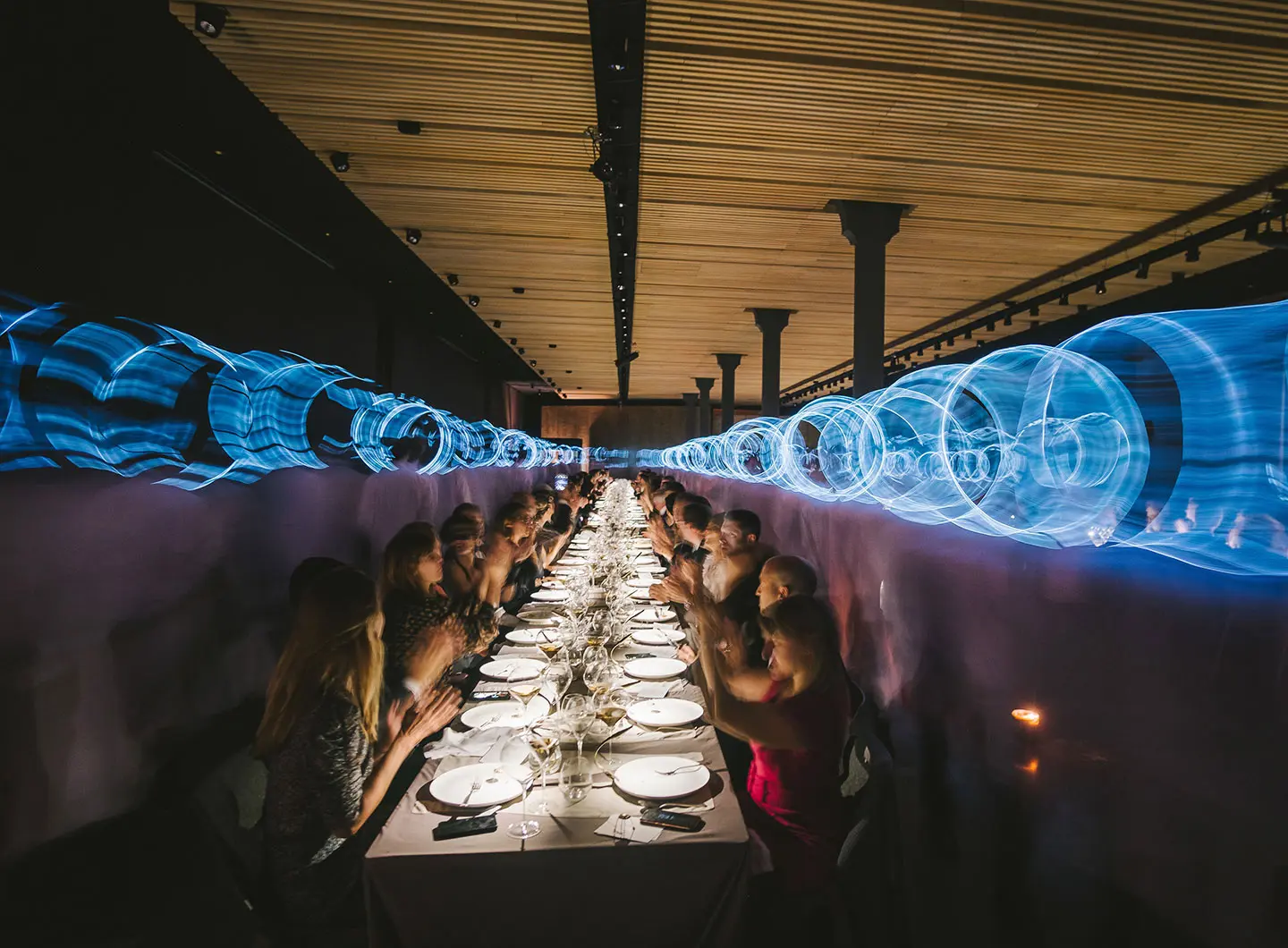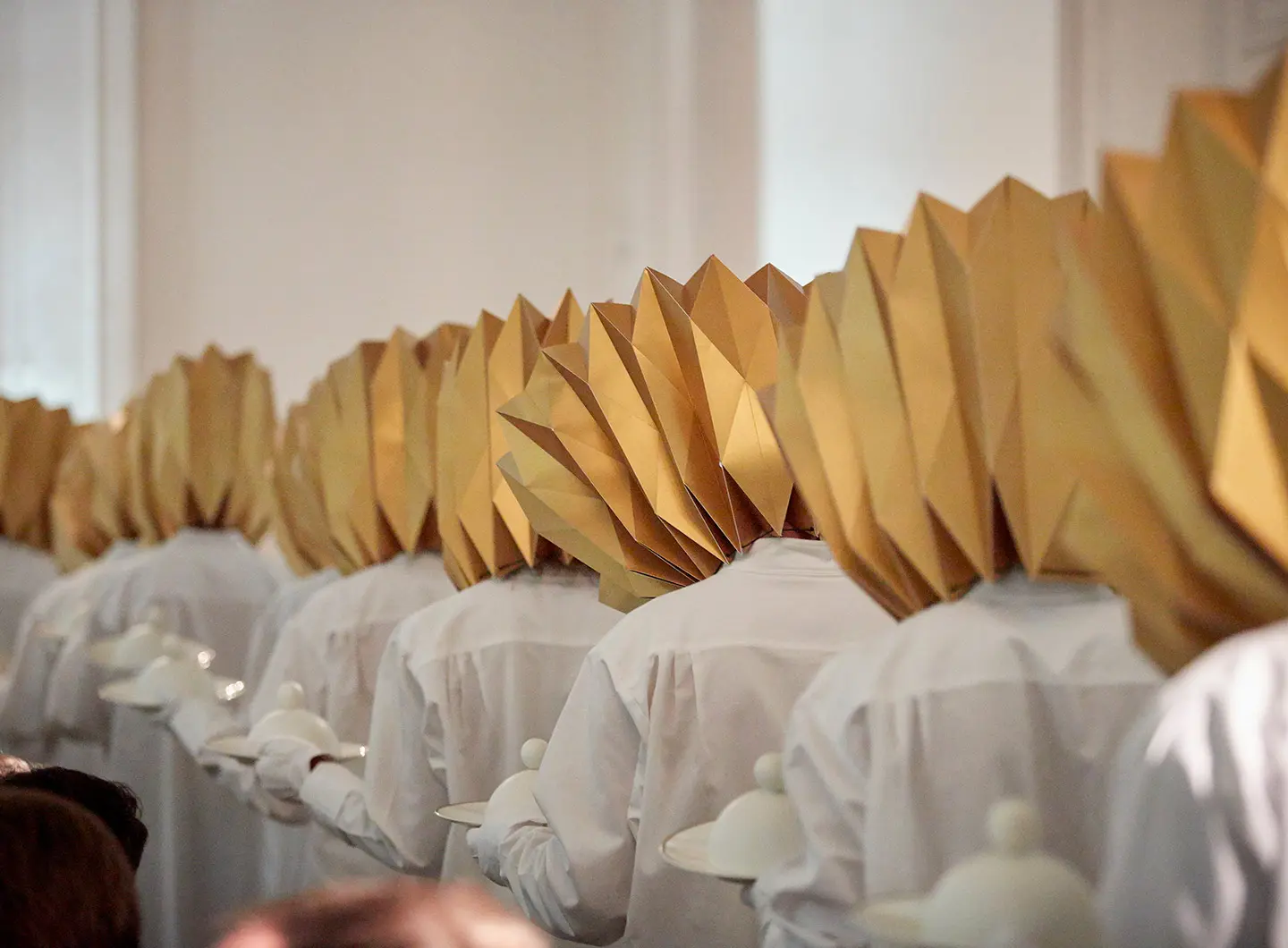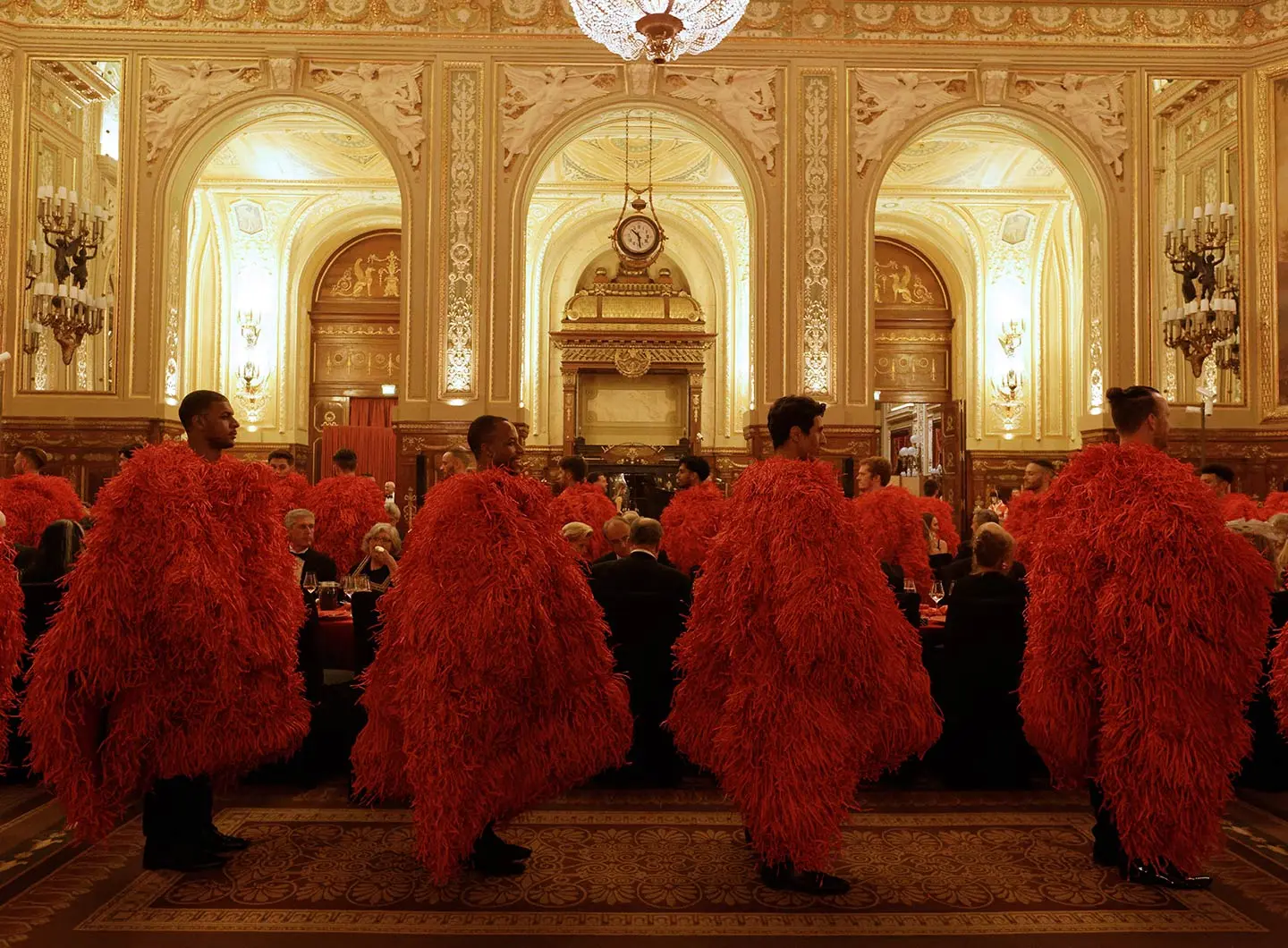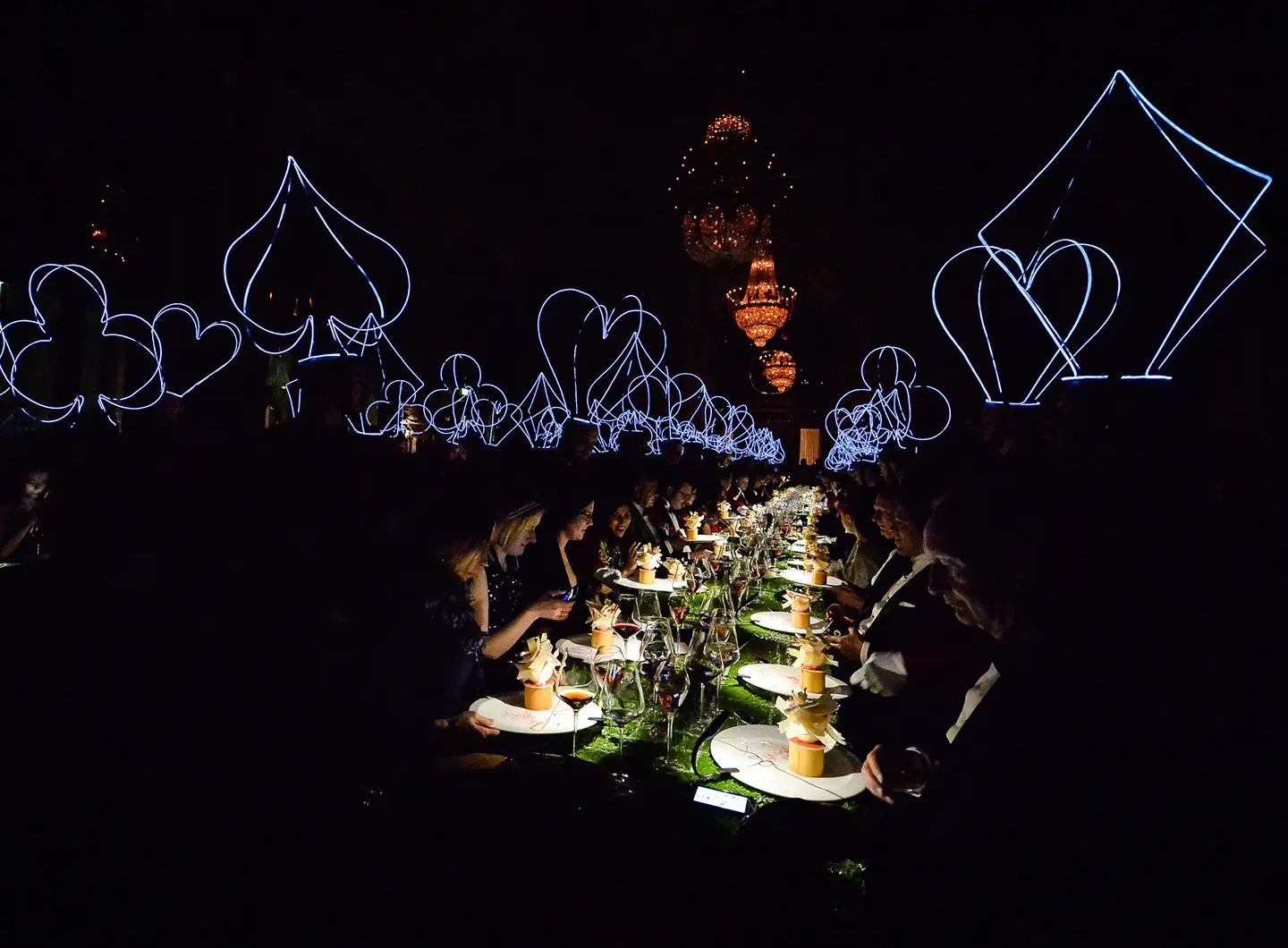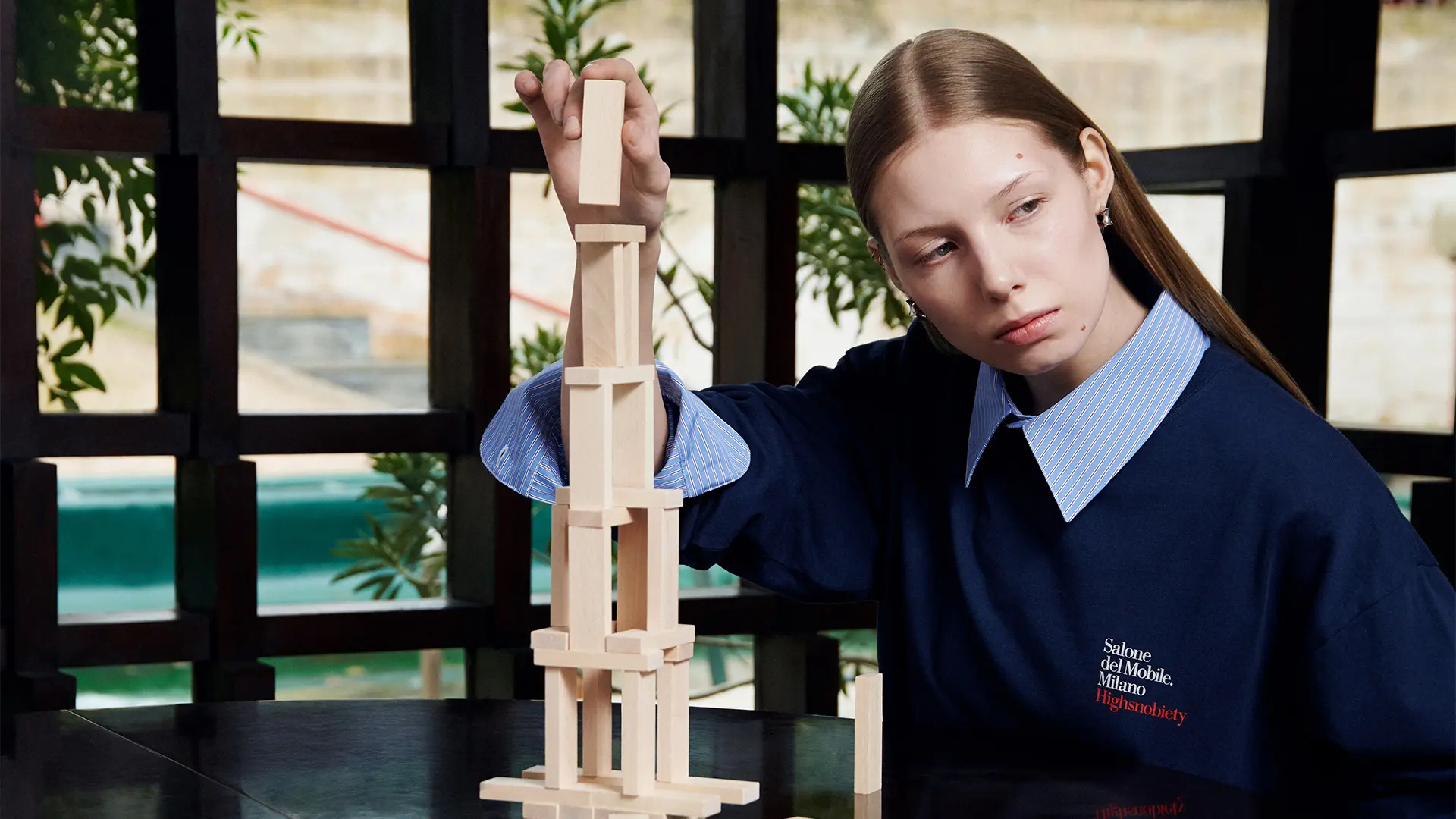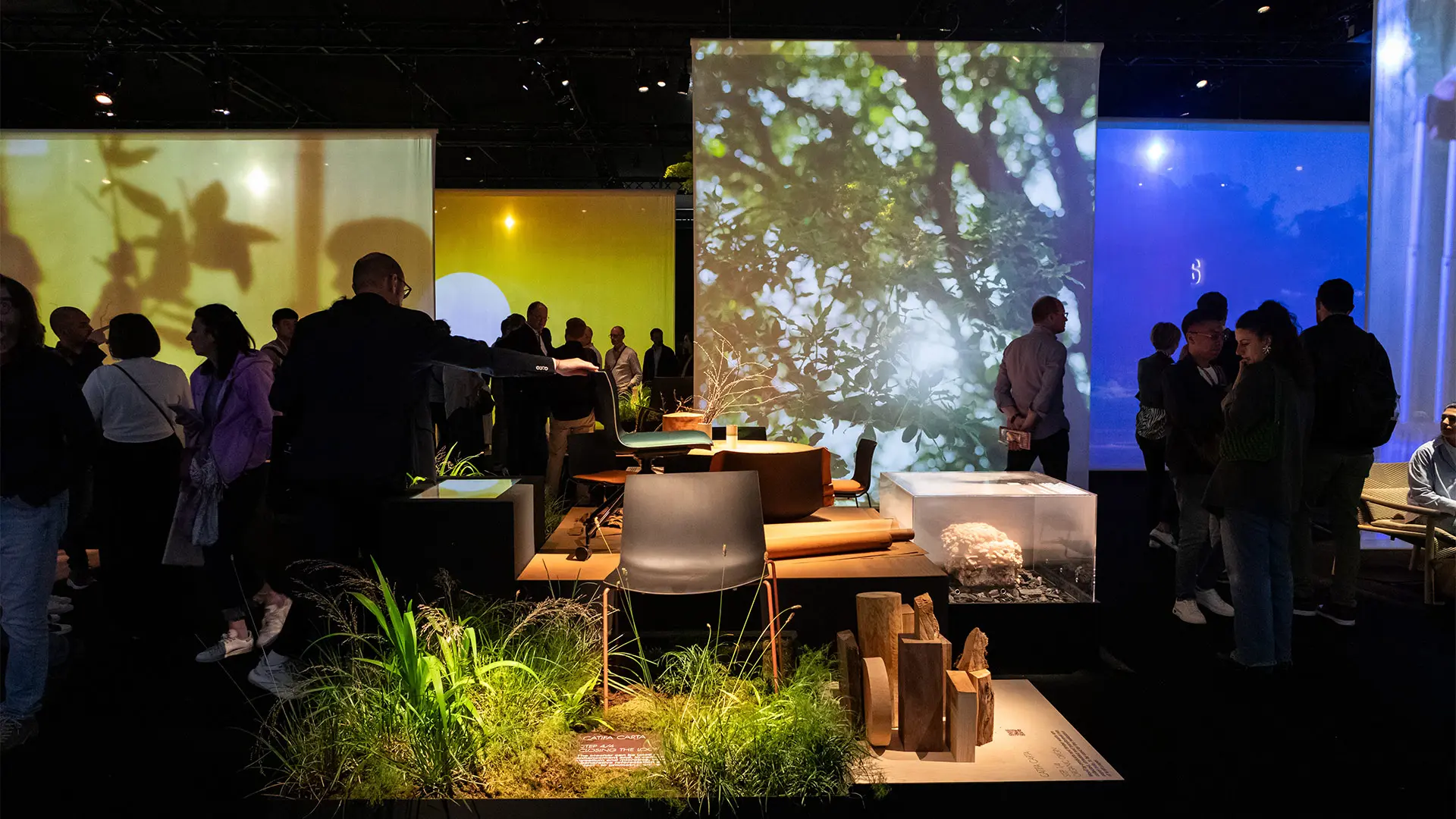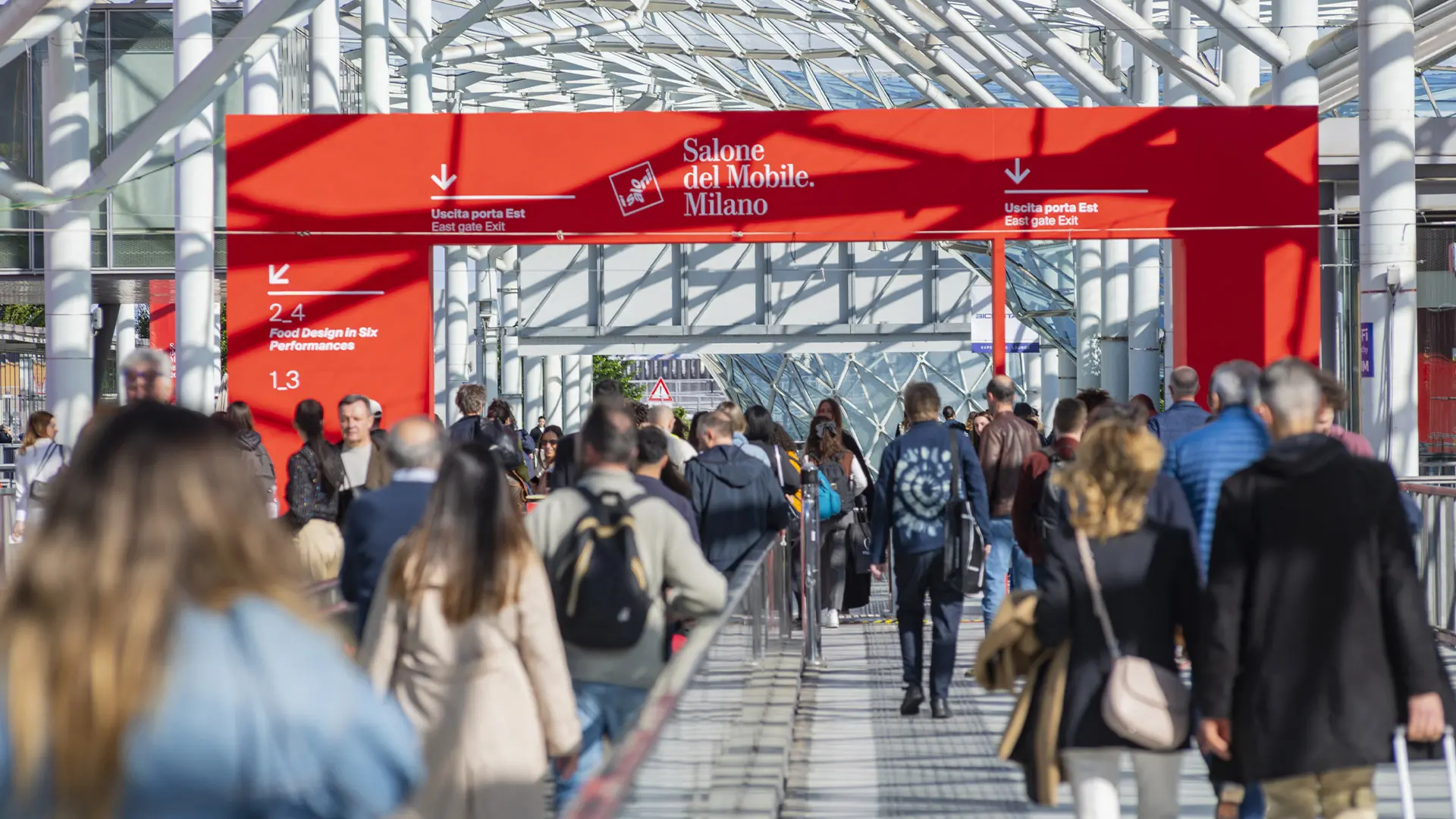Charles Kaisin

He studied with Ron Arad and worked with Jean Nouvel. Aside from teaching, he works on interior design, architecture and scenography. He also invented the Surrealist Dinners.
As well as being a creative and talented architect and designer, Charles Kaisin is also a versatile and eccentric artist. Born in 1972, he qualified as an architect (at the Saint-Luc Institute in Brussels) and studied design under Ron Arad at Royal College of Art in London. After internships at Jean Nouvel’s studio in Paris and with Tony Cragg in Germany in 1997, he took part in an exchange programme with Kyoto University of Arts, during the course of which he researched the themes of sustainability and the new materials.
One of his pet subjects is recycling, along with geometry and movement. His design is spare and decidedly contemporary and derives from in-depth research into the shapes, techniques and materials that will support the concept at the root of every piece. He has a gift for conferring special qualities on his materials, ensuring that his objects are not only endowed with flexibility of use but also with incontrovertible originality.
As well as designing objects and teaching at the Saint-Luc Institute in Brussels (he runs the Masters in Design course), Kaisin works in interiors, architecture and scenography. He designed the Paris offices of the Louvre Abu Dhabi, an entire wing of the MAC’s (Museum of Contemporary Art Grand-Hornu in Belgium) and even chocolates for Pierre Marcolini.
He works with high-end brands such as Hermès, Cartier, Rolls-Royce, Delvaux, Roederer, Ice-Watch, Vange, Royal Boch and Val-Saint-Lambert, many of which are also keen for him to run their international happenings. Not so surprising when you think of his Surrealist Dinners, which came about by chance ten years or so ago and are now famous the world over. They are extravagant and imaginative parties, which seem to have been drawn straight from the pages of Alice in Wonderland. It all begins with a theme (love, folly, play, nature), which is meticulously brought to life and chimes with the values of the brand or person in whose honour the dinners are being held. The aim is to evoke a world made up of dreams and emotion, poetry and wonder. The sky’s the limit (or perhaps not even that if the client is Cartier or Hermès).
I studied design and architecture because it was the best way to have structure related to art. It was the link between art and all the other disciplines. Like landscape, interior and product design, retail design, fashion design. It was a way to structure the mind and to create a real link between something rational and something more artistic but with roots. I think it’s a very interesting educational base, because it gives you something rational, something creative and something with projection.
After studying architecture in Brussels, I studied design at St Martins, then under Ron Arad at the Royal College of Art in London with students of different nationalities, cultures, backgrounds and education. As a master you have to produce something you really want yourself, so I worked on two things. One related to all aspects of recycling and one related to movement, motion in objects. I created an extendable bench and an extendable bag. I enjoyed studying in London, it’s an exciting, international and inspiring city.
My first design challenge at the Royal College was to complete a project in one week. I created a material from recycled plastic bags that I called “tingolingo.” This was 20 years ago, when the idea of recycling and making things from plastic bags was new and innovative. I pressed and melted the bags with a simple iron to create a new material, and then made a new bag from the old plastic. It was a very exciting project because it was a really low-tech process. I learned a lot in one week and there was a focus on research. It’s not just the idea, you have to come up with something real, concrete, with potential. You have to find a solution.
I think that if I had been born in 16th, 17th century, I would have studied under a master like Bruegel because there were family studios. In the 19th century, I would have tried to go to Rodin, to work with materials, or to London to Henry Moore.
When I was with Tony Cragg in Germany in 1996-1997 it was very interesting to learn about and how to work with a lot of different materials, fibreglass, brass, plastic, wood, some very innovative, some very simple. In general, I had to understand other people’s creative processes and try to challenge myself, by observing, asking lots of questions, making prototypes for them - they are all very creative geniuses: Tony Cragg’s a very brilliant artist, Jean Nouvel an amazing architect and of course Ron Arad is the same. They all had vision and it was interesting to be close to such brilliant people. You need real vision, something innovative, something singular and particular and also to challenge yourself. It was very interesting, and quite an odd situation, tough because I paid my own school fees, and I worked all week, every evening, 7 days a week so the drive was strong. 20 years later I can say it was hard but so exciting, such a joy.
First, it’s to do with intimacy, my personal space, and it dates from before I was well-known. In order to concentrate I need to move, so when I talk, I’m walking around. This is where the idea of motion came from. I love interacting with an object, so you need to create movement, something extendable, something between the object and the customer. The recycling idea came from observation. We produce a lot of things, but what’s the purpose of all these things, all this packaging? There was something about recycling, about reusing, and I tried to create something with that. I love the idea of creating something low-tech. Now, I’m busier because I do a lot of scenography, it’s also a challenge, but I still design objects, and I love also to valorise the idea of handcraftship with design production. Every object carries the footprint of the hand, and I love this aspect, the perception of sensitivity about the relationship between the person, the productivity and the handcraft process.
Before I studied architecture, I studied music; piano and organ and then the cello. Music was a sort of constant companion when I was student. It was also a way of escaping my studies, a bit like a bible, something spiritual, not religious, more philosophical. I also love opera; I’ve been to performances all over the world. Then I studied architecture in relation to space. I’ve accumulated a lot of different layers: architecture, interior, movement, music, the “art de la table” − creating something with the tablecloths, the tableware, the way you organise dinner; I also love to share the experience, and it’s become a real design performance. We design everything for the dinner, the costumes, glass, plates, I design a lot of things. We create something made to measure for a company, we try to create something unique, tailormade, to valorise an idea and the value of the brand.
Ten years ago, when I was in Paris working for Jean Nouvel I was living with Xavier Guerrand-Hermès, the idea was to stay just a few days, but I stayed two months. I was working a lot; I didn’t have much of a social life apart from seeing Xavier and forging some strong links. Then I made the first project for them, just to thank them – I never imagined that it would create this excitement with a lot of different brands. Hermès asked me to do a corporate project, then Rolls Royce, Cartier, Piaget, Roederer Champagne, lots of private people, art collectors, museums like Pompidou. We work at international level; this year, we did more than 20 dinners in more than 10 countries. We work with an international team and it’s very challenging.
Yes, I took part a few years ago. I did a big project at Assab One Foundation, a former printing press for books, art books, owned by Elena Quarestani. I even made a big dinner, it was very interesting, it cost a lot. In Belgium, I did it all by myself and at first it’s not necessarily easy, it takes lot of energy, a lot of work, a lot of money. Now I’m quite clear when I’m asked to create an event and even if it is for 10, 20, 200, it’s not a lengthy process as when big companies ask you to create something and it all takes such a lot of time and energy. I still do it, I did a project for S.Pellegrino last year. I did the glasses and the tableware, some plates and different containers. It was produced by Serax in Belgium.


